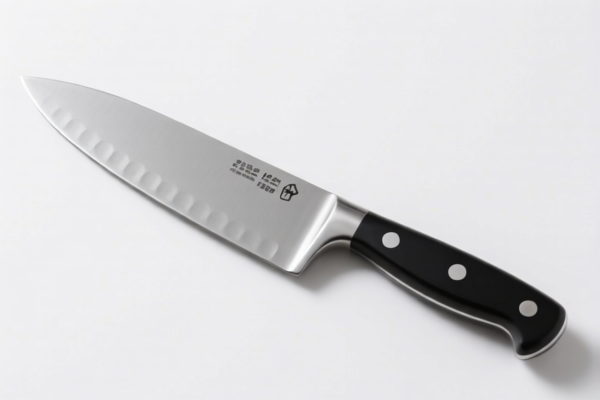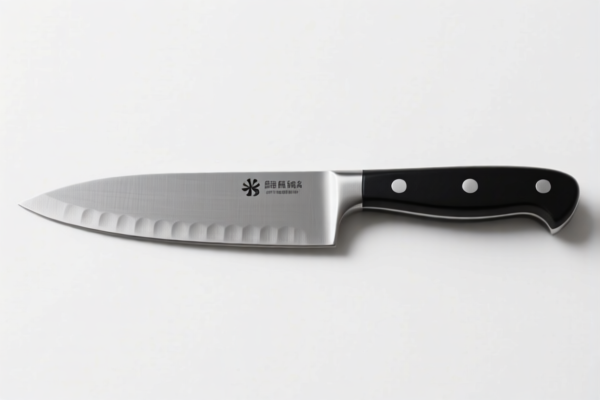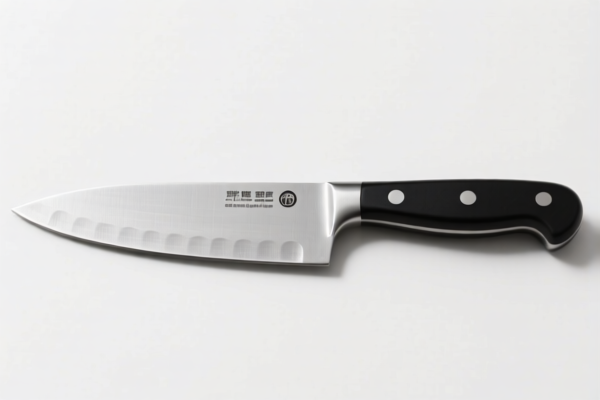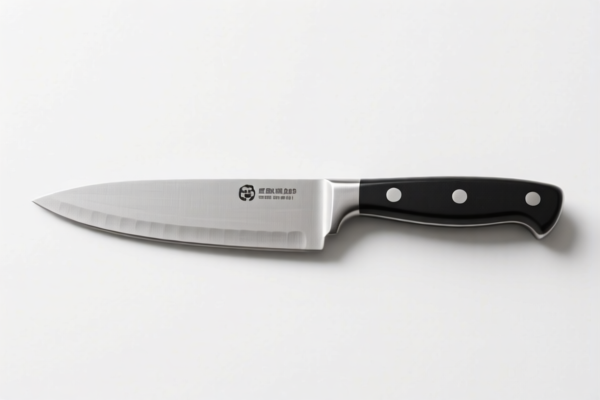| HS Code | Official Doc | Tariff Rate | Origin | Destination | Effective Date |
|---|---|---|---|---|---|
| 8214909000 | Doc | 1.4¢ each + 3.2%+30.0% | CN | US | 2025-05-12 |
| 8205513030 | Doc | 58.7% | CN | US | 2025-05-12 |
| 8205598000 | Doc | 58.7% | CN | US | 2025-05-12 |
| 7323997000 | Doc | 60.3% | CN | US | 2025-05-12 |
| 7323999080 | Doc | 83.4% | CN | US | 2025-05-12 |
| 7326908688 | Doc | 82.9% | CN | US | 2025-05-12 |
| 7326908688 | Doc | 82.9% | CN | US | 2025-05-12 |




Knife Holder
A knife holder is a storage device designed to safely and conveniently organize kitchen knives. It prevents damage to blades, reduces the risk of cuts, and maintains the sharpness of knives.
Material
Knife holders are constructed from a variety of materials, each offering distinct advantages:
- Wood: Traditional and aesthetically pleasing. Often made from bamboo, maple, or acacia. Requires occasional oiling and maintenance to prevent cracking or warping. Offers a softer surface for blades, potentially reducing dulling.
- Plastic: Durable, easy to clean, and generally more affordable. Various types of plastic are used, including polypropylene and ABS.
- Stainless Steel: Hygienic, modern in appearance, and highly durable. Can be magnetic or feature individual slots. Magnetic holders require knives with a ferrous metal in the blade.
- Composite Materials: Combine wood fibers with resins for enhanced durability and water resistance.
- Acrylic: Offers a sleek, contemporary look and is easy to clean.
Purpose
The primary purposes of a knife holder are:
- Safety: Provides a secure location for knives, minimizing the risk of accidental cuts during storage and retrieval.
- Blade Protection: Prevents damage to knife edges from bumping against other utensils or hard surfaces.
- Sharpness Retention: Proper storage helps maintain the knife’s edge by avoiding unnecessary contact.
- Organization: Keeps knives readily accessible and organized within the kitchen workspace.
- Hygiene: Allows for air circulation, reducing moisture buildup and potential bacterial growth.
Function
Knife holders function by providing individual slots or compartments to separate and secure each knife blade. Some designs incorporate features like:
- Vertical Slots: Commonly used for universal knife storage.
- Horizontal Slots: Often found in countertop organizers.
- Magnetic Strips: Hold knives securely via magnetic attraction.
- Universal vs. Specific Designs: Universal holders accommodate various knife sizes and shapes, while specific designs are tailored for particular knife sets.
- Weighted Base: Provides stability to prevent tipping.
Usage Scenarios
- Countertop Storage: Most common placement for easy access during food preparation.
- Drawer Storage: Specialized in-drawer knife blocks or organizers offer a space-saving solution.
- Wall-Mounted Holders: Magnetic strips or racks are ideal for kitchens with limited counter space.
- Professional Kitchens: Durable, high-capacity holders are essential for efficient knife management.
- Home Kitchens: Provide a safe and organized storage solution for everyday knives.
Common Types
- Countertop Knife Block: A freestanding unit with slots for knives. Often made of wood, plastic, or composite materials.
- Universal Knife Holder: Designed to accommodate a variety of knife types and sizes.
- Magnetic Knife Strip: A metal strip that securely holds knives using magnets. Requires knives with a ferrous metal in the blade.
- In-Drawer Knife Organizer: Designed to fit within kitchen drawers, providing a discreet storage solution.
- Empty Knife Block: Allows users to customize the block with their own knife collection.
- Roll-Up Knife Bag: Portable storage option for chefs and culinary professionals.
- Ceramic Knife Holder: Specifically designed for ceramic knives, often featuring soft slots to prevent chipping.
Based on the provided information, determining the precise HS code for “knife holder” requires careful consideration of its material and intended use. Here’s a breakdown of potentially relevant HS codes:
-
8214.90.90.00: This code covers “Other articles of cutlery (for example, hair clippers, butchers' or kitchen cleavers, chopping or mincing knives, paper knives); manicure or pedicure sets and instruments (including nail files); base metal parts thereof: Other: Other (including parts)”. If the knife holder is considered an accessory for cutlery, or is made of base metal and falls into the “other” category, this could be applicable. The total tax rate is 1.4¢ each + 3.2% + 30.0%.
-
8205.51.30.30: This code covers “Handtools (including glass cutters) and parts thereof: Other handtools (including glass cutters) and parts thereof: Household tools, and parts thereof: Of iron or steel: Kitchen and table implements”. If the knife holder is constructed of iron or steel and functions as a household tool for kitchen implements (knives), this HS code may be suitable. The total tax rate is 58.7%.
-
8205.59.80.00: This code covers “Handtools (including glass cutters) not elsewhere specified or included; blow torches and similar self-contained torches; vises, clamps and the like, other than accessories for and parts of machine tools or water-jet cutting machines; anvils; portable forges; hand- or pedal-operated grinding wheels with frameworks; base metal parts thereof: Other handtools (including glass cutters) and parts thereof: Other: Other”. If the knife holder doesn’t fit neatly into other handtool categories and is made of other materials, this could be considered. The total tax rate is 58.7%.
It is important to note that the final classification depends on the specific characteristics of the knife holder.
Regarding HS code 8205.51.30.30 and 8205.59.80.00, please note that these codes cover tools made of iron or steel. Verification of the material composition may be required during customs clearance.
Customer Reviews
No reviews yet.